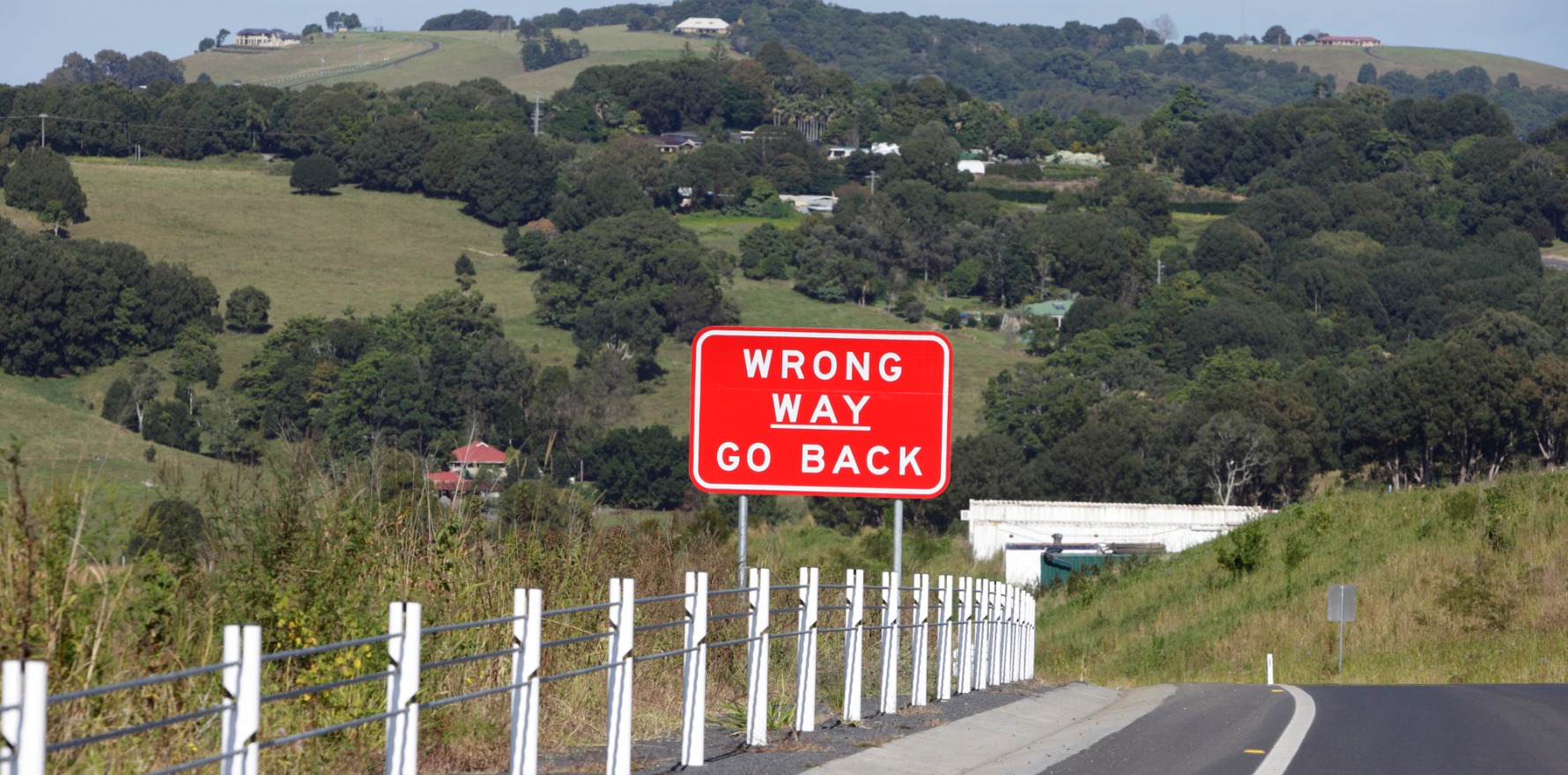Rural GPs warned the government against giving regional centres this status. Now, they’re watching their fears come true.
After almost half a century in business, the East Devonport Medical Centre on Tasmania’s north coast is preparing to close its doors for the final time.
The busy, relatively suburban practice has struggled to attract doctors following the 2022 shake-up to the way distribution priority areas (DPA) are calculated.
Shortly after being elected, the Albanese government allowed large regional towns and underserved suburbs of major cities to attract internationally trained GPs more easily by granting them distribution priority area (DPA) status.
It faced pushback from organisations like ACRRM and the Rural Doctors Association of Australia, who argued that internationally trained doctors would likely move from very rural and remote areas into bigger towns.
Rural Tasmania was put into a particularly vulnerable position, given that none of its cities are big enough to be classified as MMM1.
When the 2022 DPA change came in, the whole island became a distribution priority area overnight.
“We have a shortage of GPs in Tasmania, even in the largest centres like Launceston and Hobart,” RDAA Tasmania president Dr Ben Dodds said.
“But we certainly still have a maldistribution problem in our rural and remote areas, and this change [took away] the incentive or tool that can be used to differentiate those different sites around the state.”
Dr Dodds told The Medical Republic that the “sad reality” of the situation was that cities like Devonport, which is a relatively urban MMM3 area, no longer have any greater hold on overseas-trained doctors than better-resourced cities like Hobart.
“People are going to pick what they’re most familiar with, which is going to be larger regional centres where they’ve got more cultural and community safety, essentially,” he said.
The impending closure of the East Devonport clinic isn’t a total loss – the practice has actually merged with a bigger medical centre run by corporate Better Medical just 10 minutes’ drive away, meaning residents aren’t left completely in the lurch.
Still, it’s been enough to cause concern among long-term patients like Karen Mahsein.
“For some residents, it is going to be difficult,” she told TMR.
“People say it’s just a bus trip over if you don’t drive, but that bus trip would roughly take half an hour or 40 minutes.”
One resident, a mother of four young children from a socio-economically disadvantaged background, told Ms Mahsein she feared she wouldn’t be able to find another bulk-billing doctor and would probably just start presenting to the Mersey Hospital.
The median household income in East Devonport is 900pw vs 1200pw in Devonport.
— Dr Mariam Tokhi (@mariamtokhi) January 15, 2024
GPs won't work in low SES communities with Medicare structures the way they are. It takes time and skill to look after people with complex social and health needs. Medicare does NOT support this work.
State operations manager for Better Medical, Brett McPherson, said the decision to close the East Devonport site came after multiple doctors left the practice.
“All of Tasmania … is open and eligible for overseas-trained doctors – that could be either the west coast, the northwest coast or it could be the capital in Hobart,” he told TMR.
“That makes it difficult to attract doctors outside of those particular areas.
“In this particular instance, one doctor moved interstate for family reasons, another one transferred to another state, another doctor moved to another area in the state and another one retired, which basically meant there was only one part-time doctor that remained on site.
“There was no other option but to look to merge.”
Related
A number of projects are under way to boost Tasmania’s health workforce: a statewide single employer model for GP registrars has generated interest, the John Flynn Prevocational Doctor Program is functioning well and the Launceston rural clinical school was recently awarded an extra 20 Commonwealth-supported places.
Local high school graduates also receive additional points on their ATAR score to help them get into Tasmanian medical schools.
Still, RACGP Tasmania chair Dr Toby Gardner expects the workforce situation to get worse before it improves.
“There are all these plans for the future and for the next five to 10 years – that’s how long it’s going to take to make some of these new doctors,” he told TMR.
“In the interim, we’ve got a five-to-10-year period where we’re just going to face a real shortfall in primary care.”





